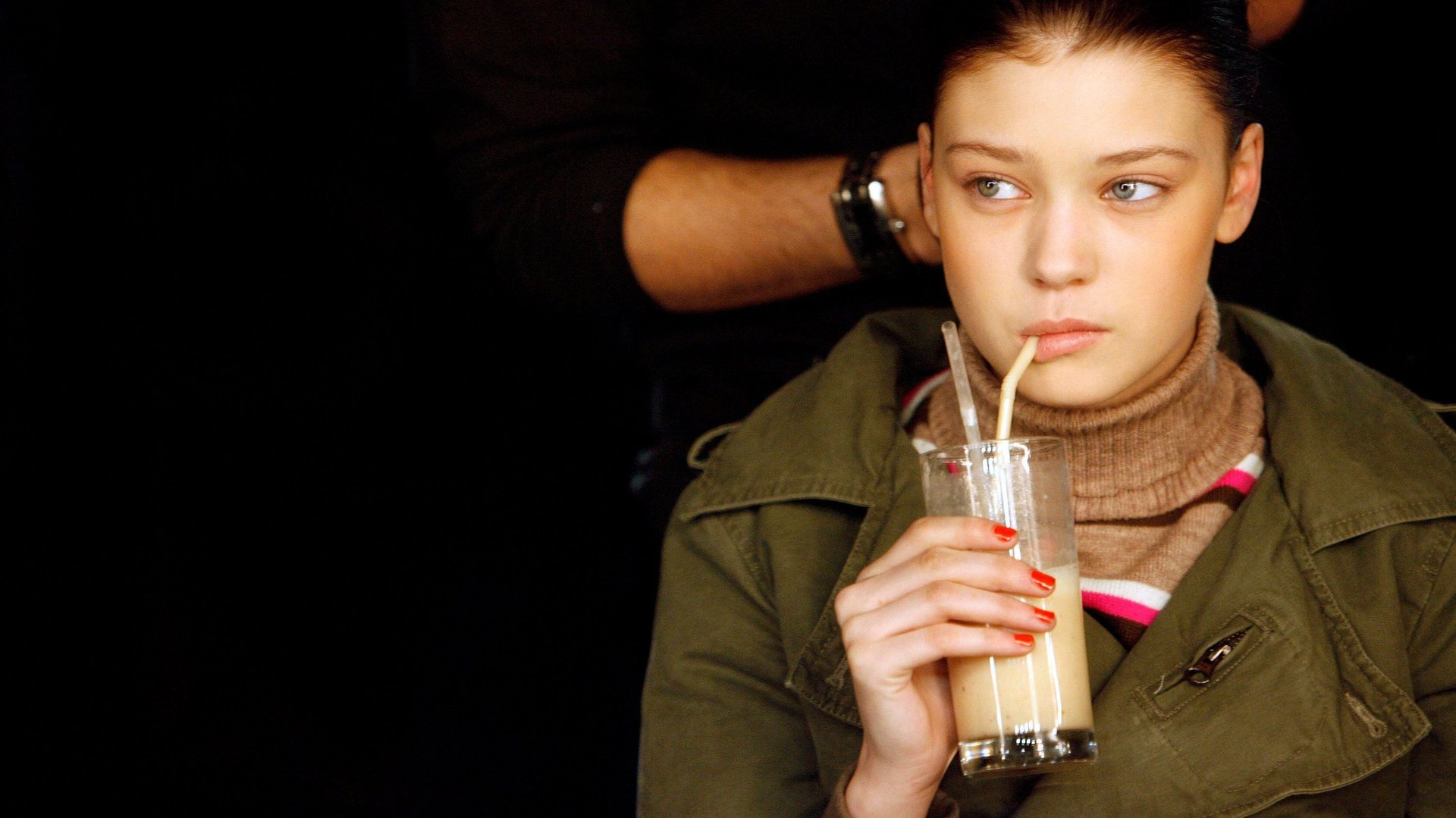Brands’ love of adjectives is starting to obscure what they’re actually selling
In a sudden realization that it was striking the wrong tone for the times, Kleenex decided last week to change the branding on its “Mansize” tissues to the decidedly less gendered “Extra Large.”


In a sudden realization that it was striking the wrong tone for the times, Kleenex decided last week to change the branding on its “Mansize” tissues to the decidedly less gendered “Extra Large.”
The original moniker was somewhat euphemistic (“What are you using those for, guys?”) and somewhat nonsensical, implying as it did that all men have bigger noses than women. It was also 60 years old, and thus an early departure from simply calling a product what it is—in this case, large tissues. Today, that kind of non-functional labelling has mushroomed into an outright trend, as brands celebrate, perhaps a bit too enthusiastically, the era of the adjective.

Holland & Barrett, a European health-food store with more than 1,300 shops in the UK, Belgium, Sweden, Holland, and the Republic of Ireland, recently went to town on adjectives. No longer are nuts just nuts, or seeds simply a healthy snack. Holland & Barrett’s packs now contain “Curly Cashews,” “Awesome Almonds,” and “Winning” linseed. (Pity the ad-agency copywriter who had to find an attribute for that particular small, bland seed associated with bowel regulation.)
“Everyone has jumped on that bandwagon and is trying to turn their customers into their friends,” says Joanna Chekroun, a freelance strategic marketing consultant who has spent 12 years working with brands.
Waitrose, a top-end UK supermarket chain, is another frontrunner. Its packaging features an array of adjectives that sometimes threaten to obscure what’s actually being sold. “A scatter of pink peppercorns brings a blush to glazed ham and sweetness to sauce,” reads the front label on a pack containing one ingredient (pepper.)

The UK is leading this trend, Chekroun says, but others are following suit. High-end French supermarket Monoprix redesigned its packaging to focus on lengthy text, often playing on famous sayings or concepts. A range of products aimed at tourists also uses English, including a camembert pack that proclaims “French people don’t say cheese they eat it,” and a sandwich labeled “The only club in Paris without a dress code” (link in French).
In times past, brand names themselves held the power. Kleenex is a good example: In some places, the word became synonymous with tissue. But as consumers lose trust in big organizations, so too have brand names lost their standalone allure. More and more, the personae of brands have morphed away from the big, faceless corporates of the 1980s to something much more home-spun, cheekier, chirpier, and a lot less literal.
Chekroun says one of the pioneers of the homey approach was Innocent, a drinks company set up in 1999 by a small group of friends who started out selling juice and smoothies at a music festival. Innocent’s branding was notably different than other drinks’, and used wording that recalled a chat with a slightly goofy friend. Marketing copy touched on how many bananas had been squashed to make the drink, and how it was made by a group of buddies who just thought they might try starting a business.
With Innocent, the tone was somewhat justified: It had a genuinely lo-fi origin story, and emphasized simplicity in its ingredient lists. Since then, hundreds of brands have followed suit. Branding meetings used to be about positioning within a market and about personality, Chekroun says. Now they’re about tone of voice.
That shift originated in a desire to give customers more information—about ingredients’ origin, for example—itself a reaction to the fact that consumers have become increasingly wary of corporate misdeeds. During the 2000s, hyper-friendly branding forked into different tracks. Waitrose, Chekroun suggests, followed a trend set by TV chef Jamie Oliver, who became famous in that decade for an enthusiastic, hands-on style of cookery that eschewed measurement in favor of “chucking” things together, often with a “glug” of olive oil. Another track focused on provenance, tapping into emerging consumer desires to eat more local food with fewer associated air miles and less processing. Another, aligned with the wellness movement, emphasized purity.
Still, says Chekroun, a lot of people “are a bit annoyed by it.”
Waitrose said that no one was available to comment on its use of adjectives, but sent a statement saying that the packaging was designed to include culinary tips: “Our customers love cooking and this move reflects their eagerness to know more about how to use these ingredients to their full potential.” Holland & Barrett’s press agency said that the person responsible was on holiday. Innocent had not returned requests for comment at publishing time. (Coca-Cola bought into the company in 2009 and increased their ownership to 90% in 2013. Innocent’s friendly branding has remained firmly in place; when you call the company they answer with: “Hello, this is the bananaphone.”)
More and more, we want to be able to envision where milk comes from, or to know that egg-laying hens are “happy.” That’s why the chunk of text on the back of a package has a name in the industry: romance copy. And that’s why, however much it might grate, drinks companies are likely to continue telling us they have “a hold the garnish and use jazz hands sparingly approach to life.” (Innocent’s almond drink.) A lot of meetings will be in progress in the next weeks about how to re-brand “mansize” across the tissue spectrum. Expect boxes of expansive blanched face-cradling softness to appear soon on a shelf near you.